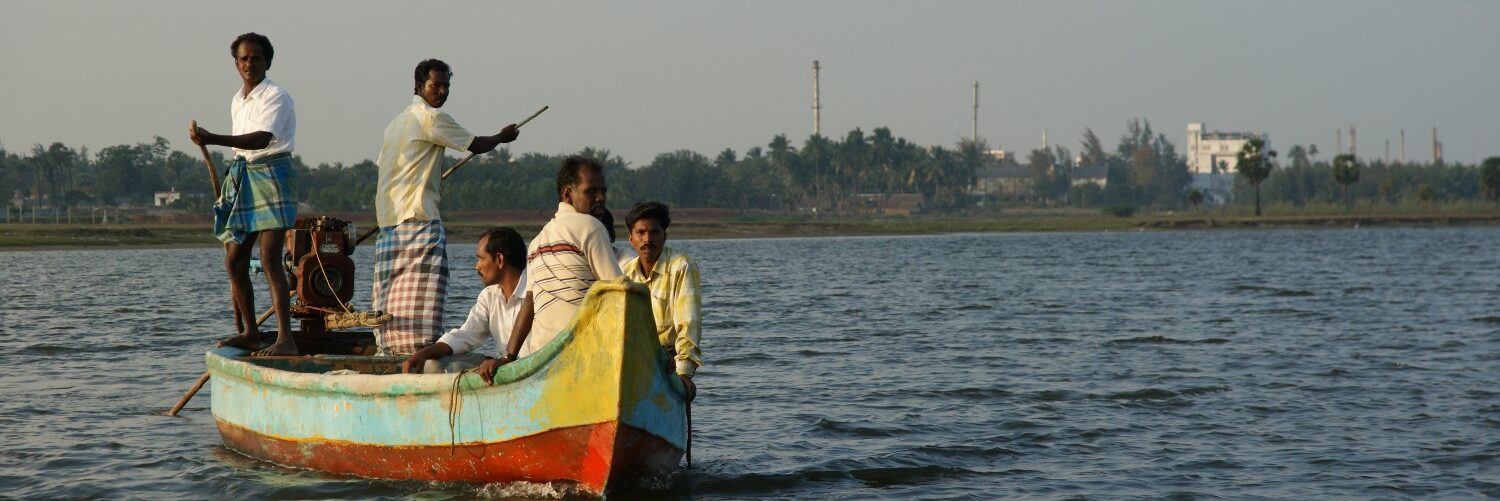India e-News
Industries are welcome but pollutants in the sea are not, say Cuddalore residents who are protesting the water pollution caused by factories along the seashore of the Tamil Nadu district.
Notwithstanding the protests, the state government is planning a major expansion of the Cuddalore industrial area.
The government has given 1,000 acres of land on the seashore, where tributaries of the Cauvery enter the Bay of Bengal, to the State Industries Promotion Corp of Tamil Nadu (SIPCOT) to be given to medium and major industries. Investors have responded positively.
E.V.K.S. Elangovan, the central minister of state for textiles, has been promoting the relocation of polluting dye industries from the textile hub of Tirupur to Cuddalore, 200 km south of Chennai.
“This is because Cuddalore has abundant water and a coast, so all the rejects can be easily discarded,” says Shewta Narayan, an activist from a citizens NGO.
To discuss the problem, the SIPCOT Area Community Environmental Monitoring Group, Cuddalore District Consumer Protection Organisation and the community environmental monitoring programme of The Other Media had organised a public hearing.
Based on the hearing, a report titled Environmental and Human Rights Violations in the SIPCOT Complex, Cuddalore has been released by the hearing panel comprising R. Saraswati, retired head of the department of sociology in Queen Marys College, S. Janakarajan of the Madras Institute of Development Studies, and Rakhal Gaithonde, a community health physician.
The report recommended against the expansion of polluting industries in Cuddalore and has called upon the government “to respect local sentiments”.
“The current proposals to set up groundwater intensive polluting industries in Cuddalore will only threaten the long-term economic sustainability of the region,” the report says.
“It is clear that companies with political clout can and do get away with anything in SIPCOT. Such unregulated and corrupt functioning in dealing with highly hazardous industries located in close proximity to residential populations is a recipe for disaster.”
“The pervasive bad odour, the devastated environment and the lengthy list of health complaints of residents make us wonder how they manage to live there.”
This is not the first time the government has been warned about the environmental crisis.
In 1994, the Asian Development Bank (AND) had warned of salinity ingress in the region.
The State Human Rights Commission had in 1998 investigated reported environment-related human rights violations in SIPCOT and found this industrial area over-polluted.
It remains to be seen if one more call will wake up the government and improve the lot of the Cuddalore residents.
– Indo Asian News Service
